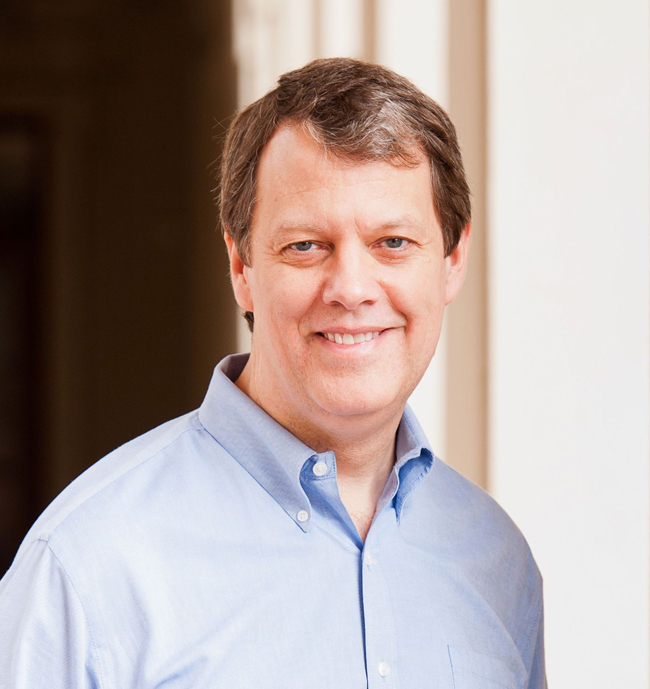MIPSE Seminar
Will this Thruster Get Us to Europa? Modeling Ion Engine Erosion and Quantifying Lifetime Margins and Uncertainty
This event is free and open to the publicAdd to Google Calendar

Abstract:
Solar electric propulsion (EP) is a key technology for human and robotic space missions, and is part of NASA’s vision for expanding human presence beyond low earth orbit. The high specific impulse of EP enables reductions in propellant mass, but at the price of long burn times. Deep space missions require operating times of many 104 hours. Demonstrating that the thruster meets this requirement is a challenge. Multiple life tests of the full mission duration are not practical. The life capability must be demonstrated by combining physics-based modeling and short duration testing.
JPL developed the CEX2D and CEX3D codes to model erosion of ion accelerator systems in ion engines, a dominant failure mechanism. The codes model a primary ion beamlet and charge exchange (CEX) ions from the beamlet. Impingement of main, beamlet, and CEX ions on the grids then determine erosion rates. The models predict time-to-failure, but key questions include: What is the uncertainty in those estimates? How much margin is needed to account for the uncertainties? Estimating uncertainty in experiments is routine, but the modeling community is still developing techniques for estimating errors. In this talk we discuss the physical processes of ion engine grid erosion, how they are modeled, and methods for quantifying model uncertainty and required life margins.
About the speaker:
Dr. Polk is a Principal Engineer in the Propulsion, Materials, and Thermal Engineering Section at the Jet Propulsion Lab, and a lecturer in Aerospace Engr. at Caltech. He received a BS in Aero. Engr. at Georgia Tech and a PhD in Mech. & Aero. Engr. from Princeton. Dr. Polk is an expert in high-current cathode physics, EP wear processes, high power EP, and probabilistic methods to analyze engine life. He was the task manager for an 8200 hour wear test of a 2.3 kW ion engine as used on the Deep Space 1 mission, was a co-investigator in the Next Generation Ion Propulsion Program and principal investigator of the Nuclear Electric Xenon Ion System program. From 1997 to 2001 he was supervisor of the Advanced Propulsion Group at JPL. He now manages JPL’s high power EP tasks and is the Deputy Ion Propulsion System Lead for the Advanced EP System for the Lunar Gateway. He has authored over 100 papers and has received 7 best paper awards at the Intl. EP Conference and the Joint Propulsion Conference.
 MENU
MENU 
